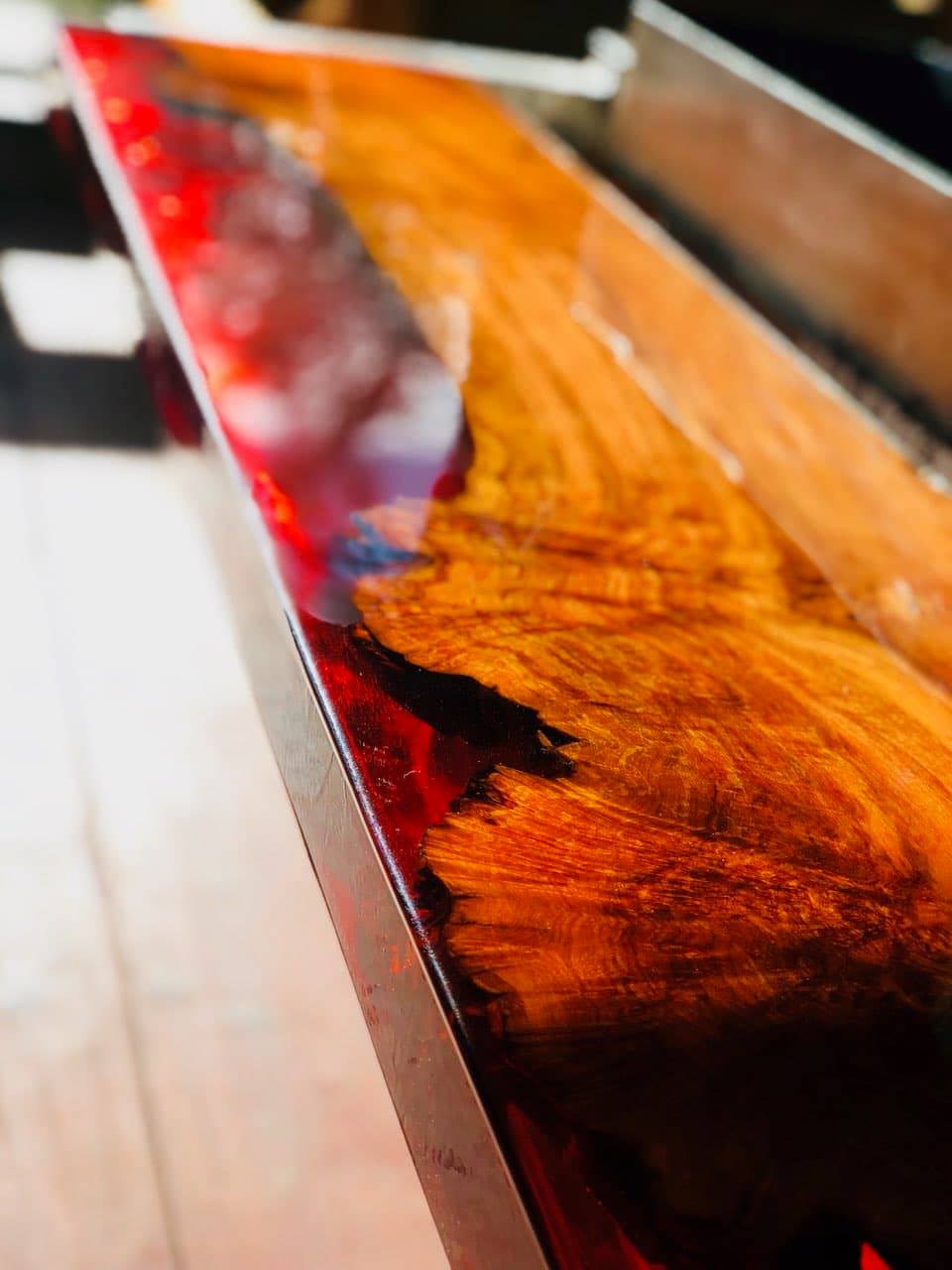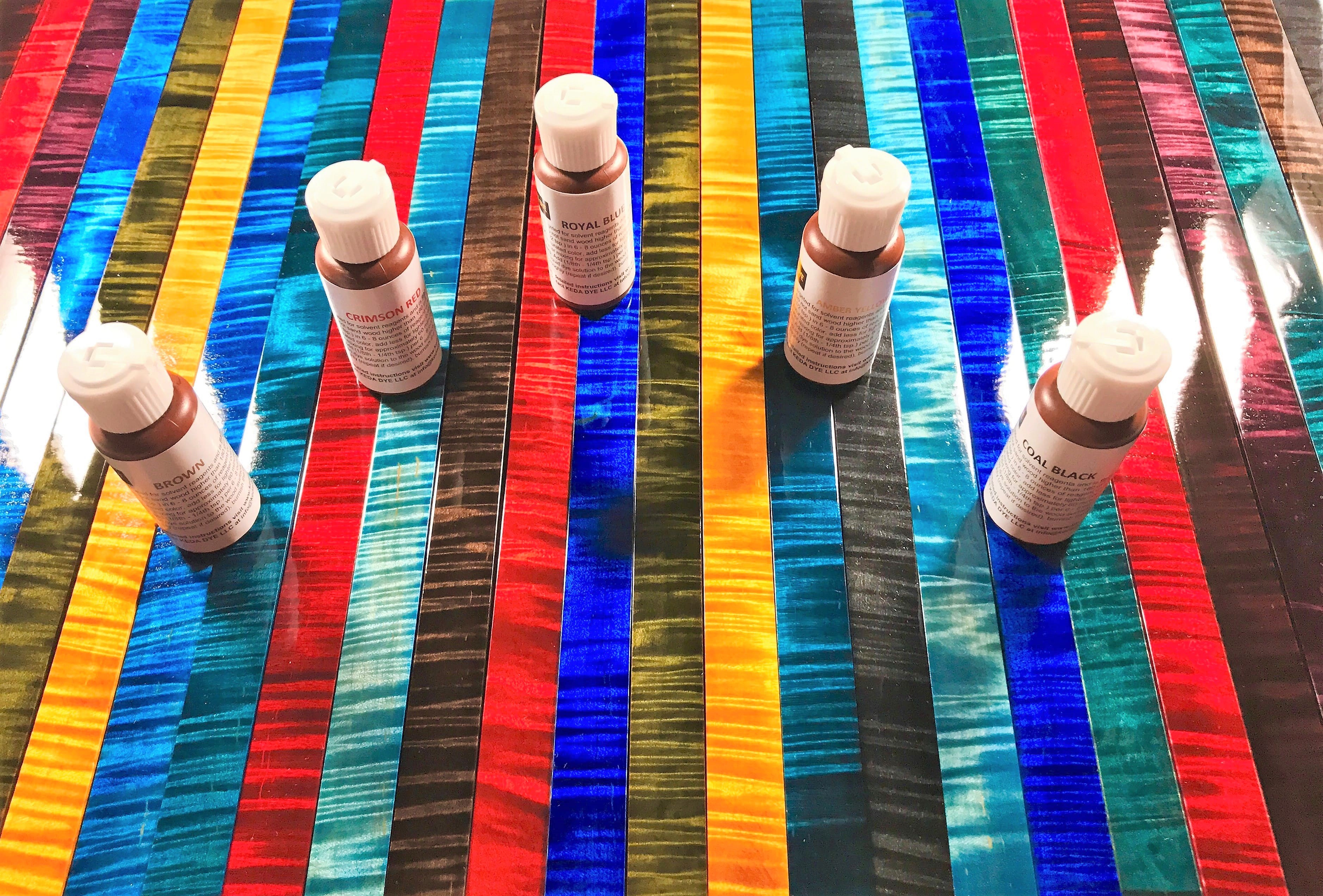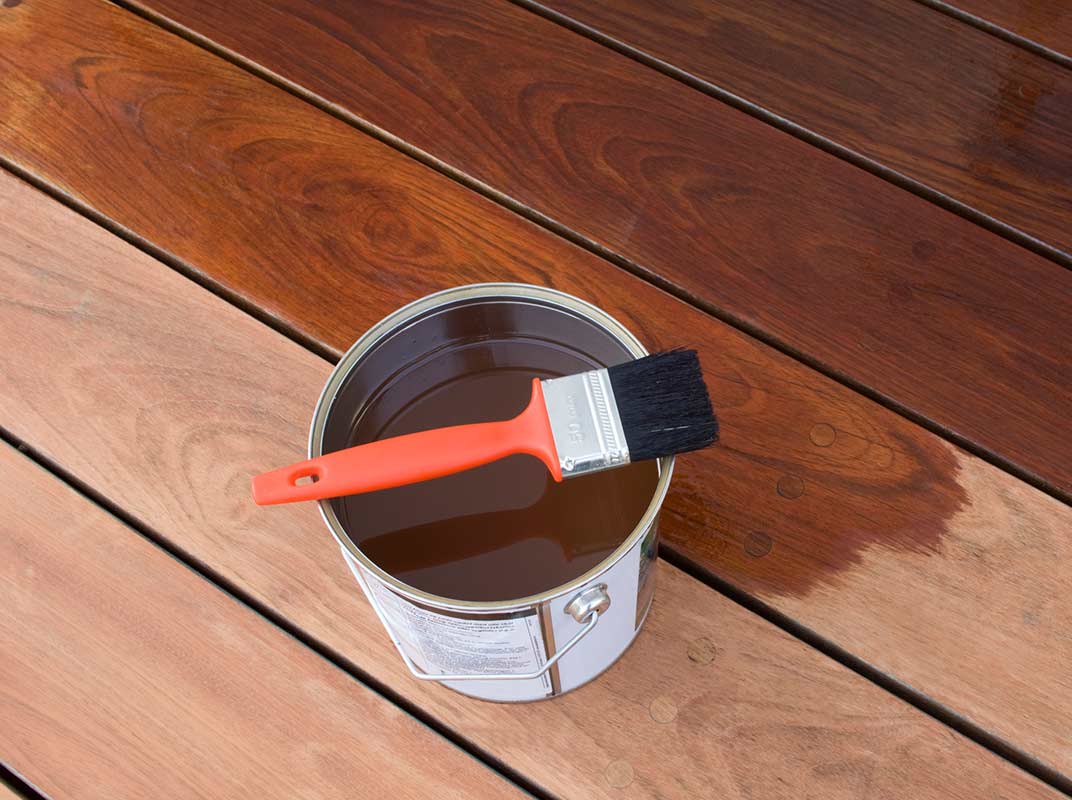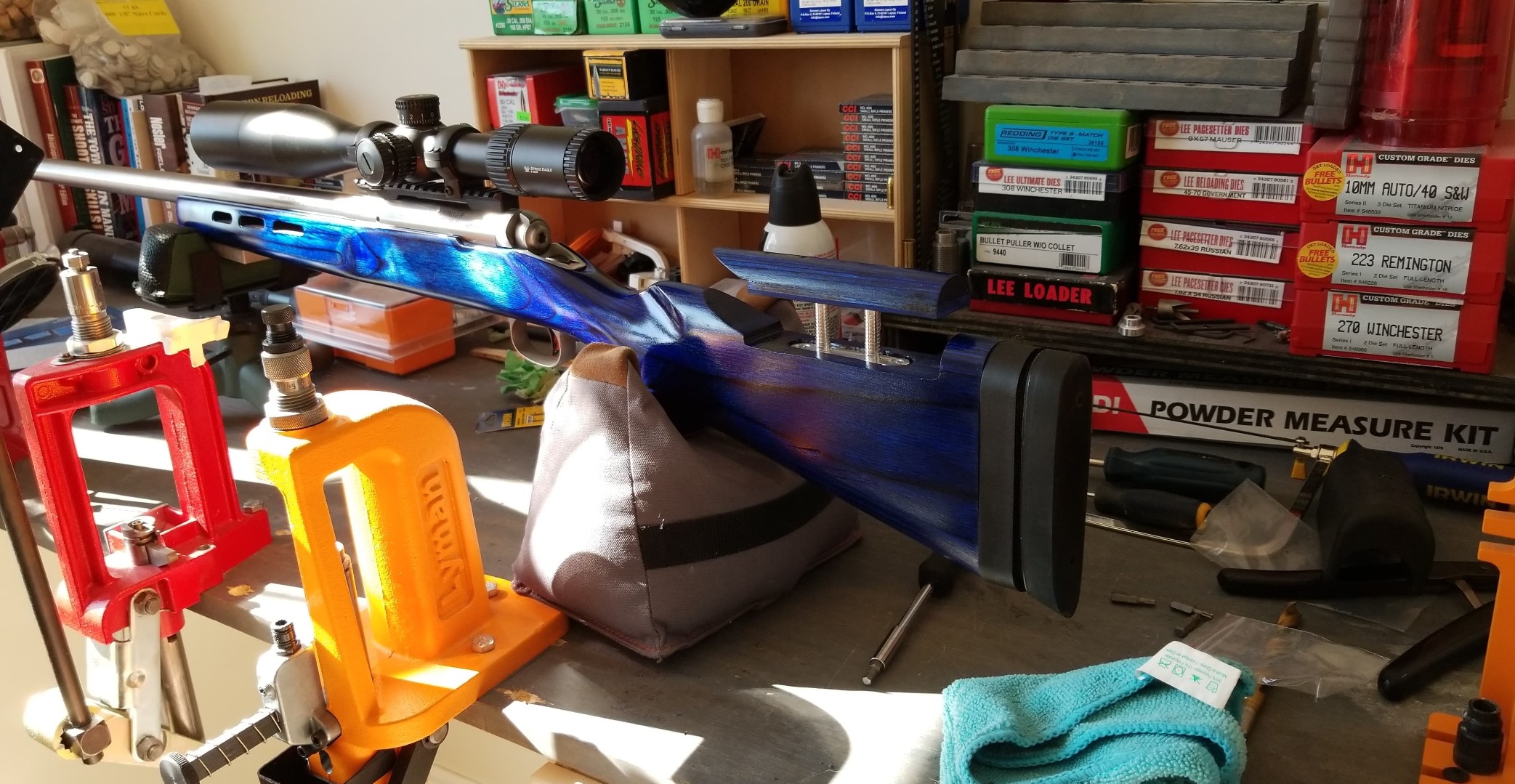Making Gray Wood Stain Using Keda Dye is Very Easy To Do.
The Mixture
The formula I used was:
To start, I mix 1/8th Tsp. of Keda Dye’s Coal Black Dye Powder (or 0.5 Grams) powder dye into 1 oz. warm water. I then added 7 oz. of Isopropyl alcohol to the 1 oz. water dye mixture. You could just use 8 oz. of warm water though. However, I liked the look and the faster dry time using the 70%-91% rubbing alcohol for my project. Diluting the Keda Coal Black powder dye creates this beautiful silver gray stain color, and has an amazing wood finishing depth.
Wood Used
The main project was made from a lower grade, solid wood “Curly Maple”. I also used a store bought Pine, as well as double A grade Quarter Sawn Maple, with a Rotary Cut Maple Veneer B side laid up on MDF core. The last two woods were primarily for showing the same gray dye stain color on different woods.
Wood Prep
On this project the prep work used for all the woods, consisted of sanding the wood with a 150 grit sandpaper. I did blow off the saw dust, with compressed air. This was also followed by wiping down the pre colored wood with the 91% Isopropyl Alcohol, and a lint free microfiber towel to remove any dust still lingering behind. After cleaning the wood with the alcohol, I allowed the rubbing alcohol to completely dry before the stain application process.
Wood Stain Application
I began the gray stain application process. I flooded the wood surface with the gray stain mixture, and worked the wood dye into the grains of the wood. The dyes absorbed and dried relatively quickly. Personally, I typically like to wipe the stained wood down with a clean, lint free cloth, prior to fully drying. This helps to lift off any loose wood dyes, and helps prevent any possible wood stain pooling.
For the second round for the gray dye solution, was to be a little more controlled during the application process. I did not flood the surface quite as heavily. I did wipe off the excess wood stain off fairly quickly in an effort to get that silver gray look.
Sealing The Gray Stain Into The Wood
Once I was certain the gray dye stain had fully dried, I followed that up with sealing the stained wood with a spray can of gloss lacquer from Deft. I did not wet sand or polish the lacquer at all. After all, these blanket holders are going to be in my closet. I did however, do an in-between coat sanding about an hour after the 2nd coat of lacquer had dried. 3 coats of the lacquer in total were applied, but you certainly could add more. This really was a very simple DIY project. Hopefully it has provided a good visual for getting that transparent, clean, gray wood stain look, and helps someone out.
You can buy Keda wood dye on our ordering information page located here: Buy wood dye










